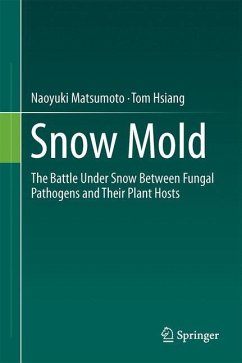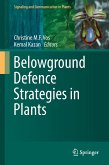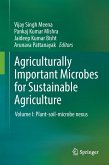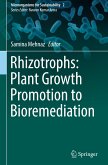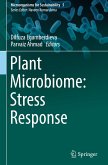This book provides biological and agricultural insights into snow mold, a fungal disease affecting land plants observed after the melting of snow. Snow mold fungi can cause significant damage to plant growth both in agriculture and in the natural environment, but the interesting ecology and biology described here will capture the attention of scientists in diverse disciplines.
The book describes diverse biological phenomena such as cold tolerance of snow mold fungi and plants and their interactions, occurring in an ecologically unique environment under the snow, which maintains constant low temperature and high humidity. Presented here are the unique strategies of snow mold fungi to survive in diverse habitats and the defensive mechanism in plants tolerant to snow mold fungi infection, as well as the conventional control methods using fungicide or cultural practice. Also contained in the book is speculation on the impact of a changing environment on snow mold diseasesand their effects on agricultural production.
The book describes diverse biological phenomena such as cold tolerance of snow mold fungi and plants and their interactions, occurring in an ecologically unique environment under the snow, which maintains constant low temperature and high humidity. Presented here are the unique strategies of snow mold fungi to survive in diverse habitats and the defensive mechanism in plants tolerant to snow mold fungi infection, as well as the conventional control methods using fungicide or cultural practice. Also contained in the book is speculation on the impact of a changing environment on snow mold diseasesand their effects on agricultural production.

